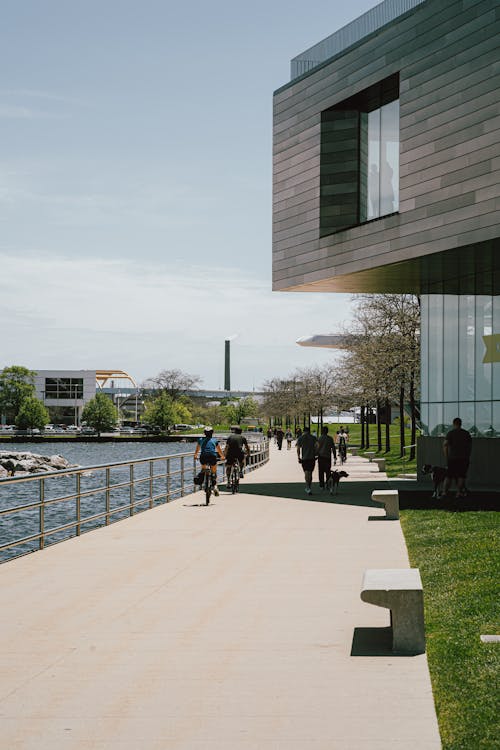Spanish Level 3- Activities Designed for Online Instruction
🏞 Spanish Level 3, Activity 10: El Medio Ambiente / The Environment (Online)

Relevant ACTFL World-Readiness Standards:
- “Standard 1.1 Students engage in conversations, provide and obtain information, express feelings and emotions, and exchange opinions.”
- “Standard 1.2 Students understand and interpret spoken and written Spanish on a variety of topics.”
- “Standard 1.3 Students present information, concepts, and ideas in Spanish to an audience of listeners or readers on a variety of topics.”
Relevant ACTFL World-Readiness Standards:
- COMM 1.1 – Interact and negotiate meaning (spoken, signed, written conversation) to share information, reactions, feelings, and opinions
- COMM 2.1 – Understand, interpret, and analyze what is heard, read, or viewed on a variety of topics.
- COMM 3.1 – Present information, concepts, and ideas to inform, explain, persuade, and narrate on a variety of topics using appropriate media in the target language.
Relevant NCSSFL-ACTFL Can-Do Statements:
- I can ask and answer questions regarding transportation choices, such as taking the bus, riding a bike, etc.
- I can share and defend my opinion on a controversial statement related to the environment.
- I can compare and contrast public transportation in my hometown and the Spanish-speaking world.
Materials Needed
- Google Slide Presentation (hyperlinked)
- Google Slide Presentation Student Version (hyperlinked)
Would you like to make changes to the materials?
Access the template(s) below:
- Opinion Cards (Canva Template, free account required)
Need help with customizing the templates? View this video for help.
Warm-Up
- 1. Begin by opening the Google Slideshow and introducing the activity and the Can-Do’s.Hola, ¿cómo están? Estoy ____. Vamos a empezar el lab de hoy con los can-do statements.
- Have the students take out a sheet of paper and a writing utensil or open up a blank Google doc. Play the following clip, and ask them to jot down any similarities and differences they see between their hometown and Boise. After, give students a few minutes to share their ideas and reflections with a partner.
Por favor, saquen una hoja de papel o abren un Google doc. Voy a poner un clip de la ciudad de México. Uds. necesitan escribir unas semejanzas y diferencias entre su ciudad natal y Boise. Después del clip vamos a tener unos minutos para compartir las respuestas. - Now, ask the students the following questions:
Ahora, tengo algunas preguntas para ustedes:
- ¿Cuál es tu modo de transportación principal? Por ejemplo: la bicicleta, el autobús ¿u otra manera de transportación económica para llegar de un lugar a otro?
- ¿Les gusta pasar tiempo al aire libre (outdoors) o prefieren pasar tiempo adentro (indoors)?
- ¿Qué actividad les gusta hacer afuera?”
Main Activity
- Place the students in breakout rooms with partners, and share the Google Slide Presentation Students’ Version with them so that they are able to read the opinion cards.
Van a trabajar en parejas en los breakout rooms y leer las tarjetas de opiniones sobre el medio ambiente.
- After they discuss an opinion card, tell the students to randomly pick another card and talk about whether or not they agree with the opinion stated on the card and explain their reasoning.
Después que acaben de hablar sobre una de las tarjetas de opinión, escojan otra y sigan hablando si están de acuerdo o en desacuerdo y expliquen el por qué.
Wrap-Up
Wrap-up questions
- ¿Alguna vez ha hecho o ha participado en un proyecto para proteger la naturaleza? (Have you ever created or participated in in a project to protect nature?)
- ¿Hay alguna acción específica que le gustaría hacer en el futuro para mejorar el medio ambiente? (Is there a specific action you would like to do in the future to protect the environment?)
- ¿Qué estaría dispuesto a reducir o eliminar en su vida para mejorar el medio ambiente? (What would you be willing reduce or eliminate in your life to better the environment?)
End of Activity
- Read Can-Do statements once more and have students evaluate their confidence.
(Use thumbs up/thumbs down or download our student cards.) - Encourage students to be honest in their self-evaluation.
- Pay attention, and try to use feedback for future activities!
Relevant NCSSFL-ACTFL Can-Do Statements:
- I can ask and answer questions regarding transportation choices, such as taking the bus, riding a bike, etc.
- I can share and defend my opinion on a controversial statement related to the environment.
- I can compare and contrast public transportation in my hometown and the Spanish-speaking world.
Cultural NOtes:
- ¿Por qué debemos cuidar el Medio Ambiente?
- Acciones Para Cuidar El Medio Ambiente
- Medio Ambiente Vocabulario
- México, líder en ventas de autos eléctricos en América Latina
How to Revise or Remix a Pathways Project Activity
Feeling creative? The Pathways Project needs your help in revising and remixing activities for the K-16 language classroom.
Try taking an activity to the next level by:
- Add new content (something you’ve created or another OER source)
- Contribute additional activity suggestions
- Integrate authentic materials such as videos, infographics, photos, etc.
- Suggest how to implement the activity in the classroom
- Customize the content for a specific audience or group of learners (for example, K-5 learners or to differentiate for student’s needs)

